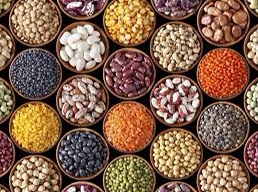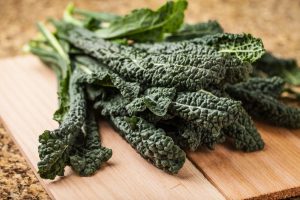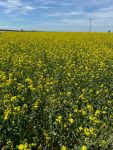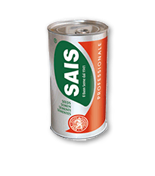SUPERFOOD
The term “Superfoods” echoes with considerable frequency in the mainstream media and is therefore widely used, although there is not a legally recognized definition for it.
However, according to the commercial marketing line that identifies them, we can classify the
“superfoods” as foods characterized by a high presence of biologically active substances, macro and micronutrients, capable of having positive effects on human health and of being useful for the prevention of various pathologies.
A curiosity is also the fact that the coining of the term “Superfoods” has no correlation with nutritional studies but derives solely, at the beginning of the twentieth century, from the commercial development strategy of the banana, defined as “superfood”, due to the characteristic of its peel able to favor the conservation of the internal portion in an optimal way.
Among the various “Superfoods”, present above all, but not exclusively in the vegetable sector, we may list for instance avocados, berries, turmeric, ginger, green tea, pomegranate, ginseng and legumes, increasingly appreciated thanks to the high protein content with a high biological value that characterizes them and thanks to the positive environmental impact that the conversion of a portion of the production of proteins from animal to vegetable origin would bring.
A special mention is deserved by Cruciferae, including Kale (Brassica olearacea L. var. acephala), also in the derivation of the cultivar of the Tuscan black cabbage.
This cabbage, probably hailing from the Anatolia region, has then spread over the Mediterranean basin and subsequently throughout the world.
According to the FDA database, Kale has more iron (1.6 mg/100g) than meat, twice as much calcium (254mg/100g) than milk, three times more folic acid (241 ug/100g) than eggs and twice as much vitamin C ( 93.4 mg/100g) than oranges.
Among the active ingredients that characterize black cabbage we mention the glucosinolates, the carotenoids and the phenolic compounds.
Some of these substances are used by plants as elements of defense against insects and pathogens and carry out a series of beneficial actions for human metabolism like, for example, a control of the correct cell growth involved in contrasting tumor proliferation, a contrast to the development of the metabolic syndrome also responsible for cardiovascular problems and diabetes and an anti-inflammatory activity.
The Tuscan black cabbage interestingly stands out for presenting among the Kale cultivars the highest concentration of glucoraphanin, precursor of sulforaphane, one of the most significant active ingredients for the action of contrasting the development of diabetes, and of carotenoids, in particular neoxanthin, lutein and beta-carotene, having an antioxidant and immunomodulatory action, which can help to prevent degenerative and neoplastic diseases.












